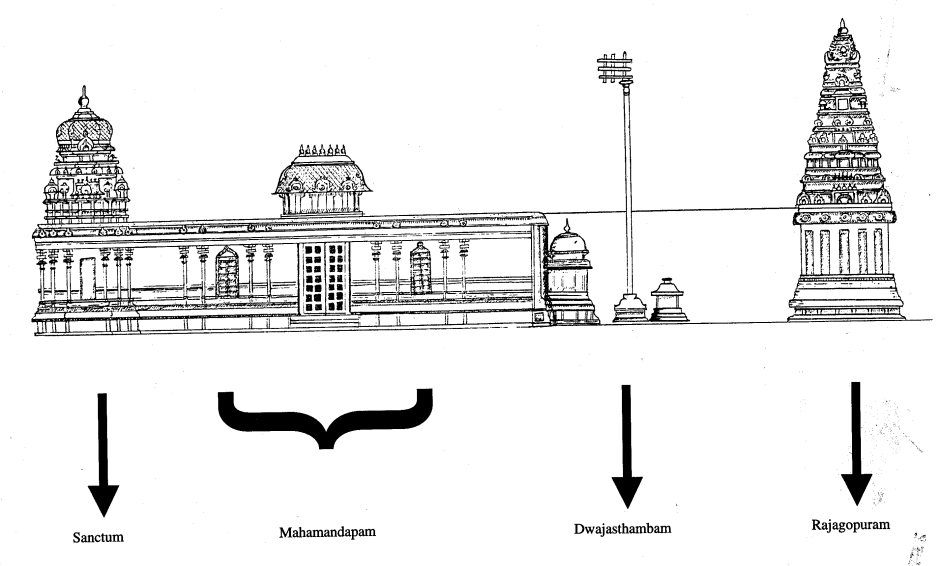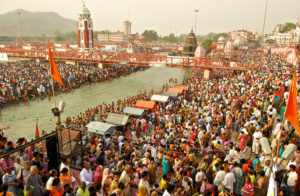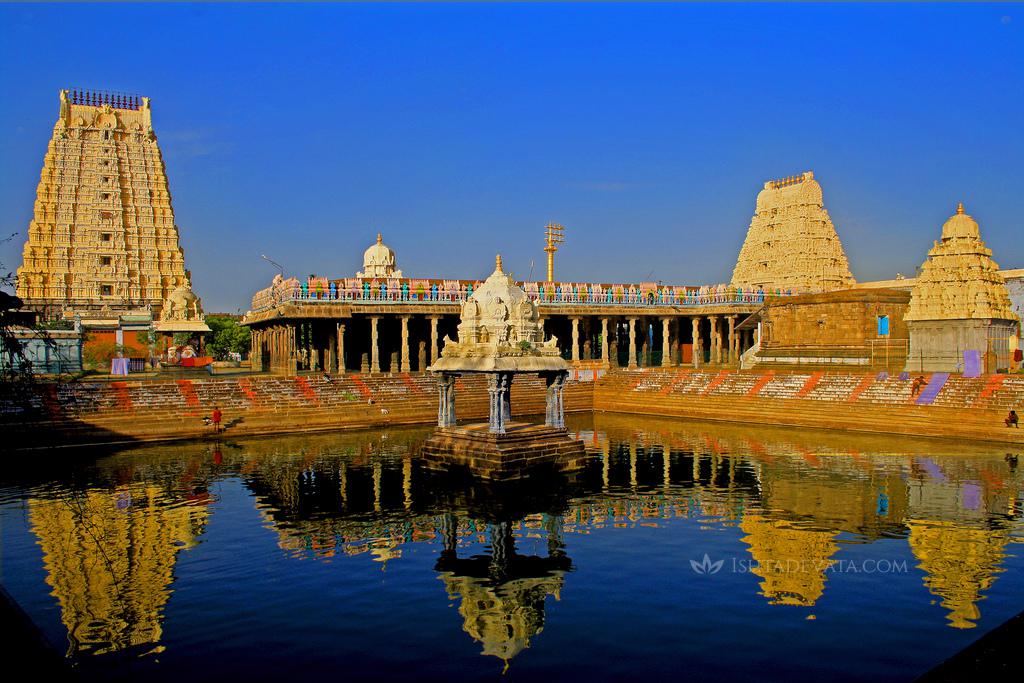Agama Shastra And Temple Worship
 Hinduism, the Indian religious system, is by far one of the most complex religions and its complexity has made it very unique and intriguing. Unlike a lot of religions that abject their acceptance on one absolute set of guidelines and rules, Hinduism does not confine itself to a individual text, or a individual approach—which is also why it is so active and rich. Given this mixed character, rules, regulation, norms and guidelines of the Hindu way of worship, spirituality and all added aspects of the religion, have to be seen, always, in a larger context. Agama Shastra Agama Shastra, a collection of ideas and observations that lays down the rules for worship, temple building, spirituality and rituals, has for long been a road map for the devotees of the Hindu faith. It is a collection of Sanskrit, Tamil and Grantha scriptures that comprises, mainly, methods of temple construction, idol creation, philosophical doctrines and meditative practices. As a abstract of sorts that came into existence after several years of assimilation and from a array of sources, the Agama shastra as a whole cannot be dated; some facets of it being pre-vedic while the others are post-vedic.
Hinduism, the Indian religious system, is by far one of the most complex religions and its complexity has made it very unique and intriguing. Unlike a lot of religions that abject their acceptance on one absolute set of guidelines and rules, Hinduism does not confine itself to a individual text, or a individual approach—which is also why it is so active and rich. Given this mixed character, rules, regulation, norms and guidelines of the Hindu way of worship, spirituality and all added aspects of the religion, have to be seen, always, in a larger context. Agama Shastra Agama Shastra, a collection of ideas and observations that lays down the rules for worship, temple building, spirituality and rituals, has for long been a road map for the devotees of the Hindu faith. It is a collection of Sanskrit, Tamil and Grantha scriptures that comprises, mainly, methods of temple construction, idol creation, philosophical doctrines and meditative practices. As a abstract of sorts that came into existence after several years of assimilation and from a array of sources, the Agama shastra as a whole cannot be dated; some facets of it being pre-vedic while the others are post-vedic.  Role of Agama Shastra in Temples Construction and Worship Agama Shastra plays a significant part in consecration and construction of Hindu spiritual abodes; a lot of Hindu places of worship follow the tenets of the Agama Shastra. The Four Padas There are several Agamas and each of them consists of four parts: Kriya Pada, Charya Pada, Yoga Pada and Jnana Pada. While Kriya Pada consists of more tangible rules like rules of construction, sculpting, carvings of Idols, the Jnana Pada delves into aspects that are more high-minded, the philosophy and spirituality of temple worship. Temples and places of adoration cannot be constructed arbitrarily or based on some notion, for everything is laid down categorically in the Agama shastra. For example, for a religious pilgrimage the three essentials are Sthala, Tirtha and Murthy. Sthala refers to the abode of the temple, the Tirtha signifies the temple tank and Murthy refers to the idol. There are rules in the Agama Shastra for just about every aspect, including the most minute details, from the placements of holy idols to the components with which the temples are to to constructed. The Agama Sastra in contrast to the vedic guidelines, which focuses on Havan building, dwells at length on idols and figurines of the deities. It dwells in such detail that it is in places almost like a scientific blue print for temple making. Considering how temples in India are spread, over a large area, it is amazing how Agama Shastra is adopted and followed throughout the majority of these temples, notwithstanding the cultural and regional differences; perhaps, there is something divine about the Agama Shastra. READ MORE IMPORTANCE OF SUN WORSHIP IN HINDUISM
Role of Agama Shastra in Temples Construction and Worship Agama Shastra plays a significant part in consecration and construction of Hindu spiritual abodes; a lot of Hindu places of worship follow the tenets of the Agama Shastra. The Four Padas There are several Agamas and each of them consists of four parts: Kriya Pada, Charya Pada, Yoga Pada and Jnana Pada. While Kriya Pada consists of more tangible rules like rules of construction, sculpting, carvings of Idols, the Jnana Pada delves into aspects that are more high-minded, the philosophy and spirituality of temple worship. Temples and places of adoration cannot be constructed arbitrarily or based on some notion, for everything is laid down categorically in the Agama shastra. For example, for a religious pilgrimage the three essentials are Sthala, Tirtha and Murthy. Sthala refers to the abode of the temple, the Tirtha signifies the temple tank and Murthy refers to the idol. There are rules in the Agama Shastra for just about every aspect, including the most minute details, from the placements of holy idols to the components with which the temples are to to constructed. The Agama Sastra in contrast to the vedic guidelines, which focuses on Havan building, dwells at length on idols and figurines of the deities. It dwells in such detail that it is in places almost like a scientific blue print for temple making. Considering how temples in India are spread, over a large area, it is amazing how Agama Shastra is adopted and followed throughout the majority of these temples, notwithstanding the cultural and regional differences; perhaps, there is something divine about the Agama Shastra. READ MORE IMPORTANCE OF SUN WORSHIP IN HINDUISM
SEE MORE
Reach us to be a part of our whatsapp spiritual reminder group















Sivapooja in agama sastra
Process of Siva pooja by agama sastra